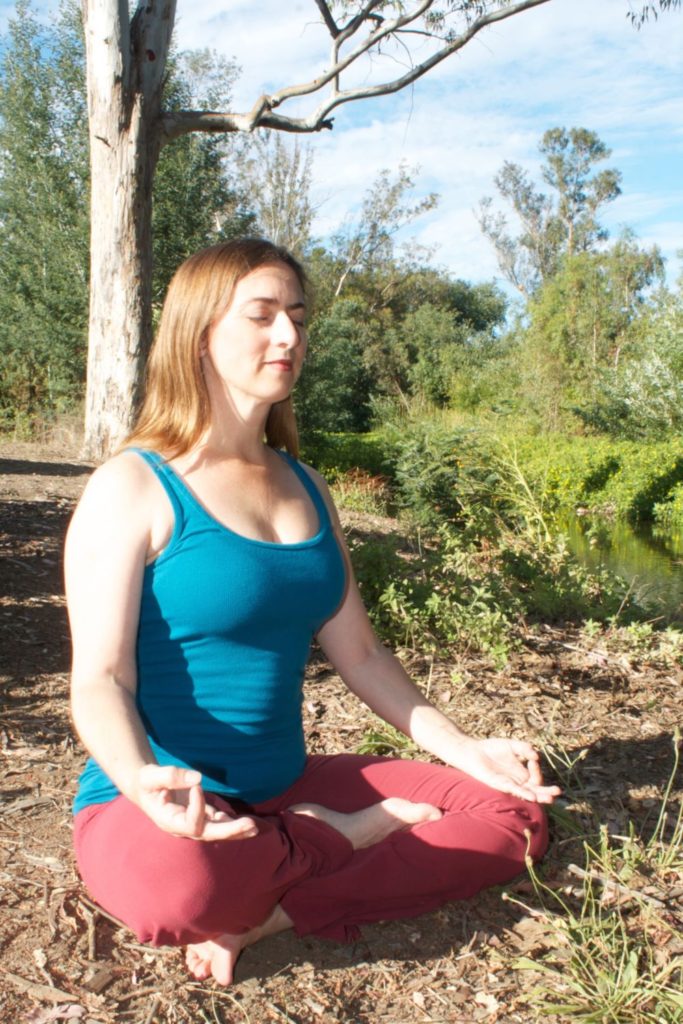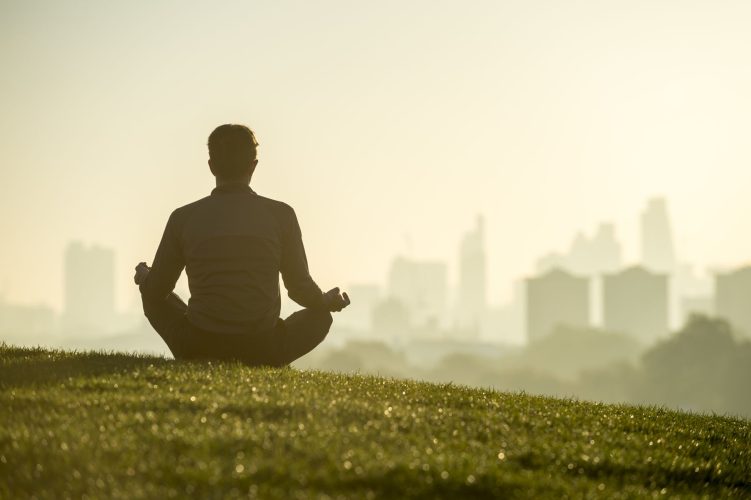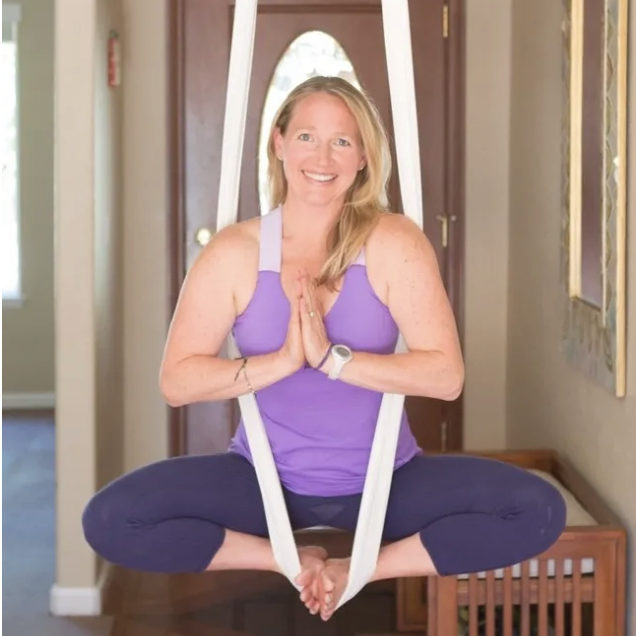Take a deep breath in, pause at the very top, and imagine all the mechanics of your breathing continuing to expand. Then, breathe out slowly and gently…
There are times in my life when that is all I wanted to do, but no matter how hard I tried, I couldn’t force breath into my body. I’m sure you’ve had a similar uncomfortable experience of temporarily choking on saliva, an event we refer to as “going down the wrong pipe.” Most people are able to cough their way out of this situation, but I found that struggling only made it worse. As a teen, this was misdiagnosed as a type of asthma and I was given an inhaler, which did nothing to reduce the occurrences of these choking events. I clearly remember bringing water, cough drops, and a box of tissue to any test I had to take in school because I was sure to have one of these attacks during the exam.
Before discovering the root cause and a pranayama practice to help manage these attacks, they came with such frequency and intensity that I decided to share with my husband how to perform an emergency procedure called a tracheostomy, just in case there were a time when I could not recover on my own and he needed to force air into my lungs.
The last time I had an attack, I was standing outside a restaurant with him. We had just finished a satisfying breakfast while on a weekend getaway and were deciding where to go next. I noticed a familiar tickle in the back of my throat and I grabbed his arm and started swallowing, hoping it would pass on its own but wanting him to be aware of what was happening since I could no longer speak. When I started coughing…then choking, I felt the panic rise. I could breathe a little through my nose, but the instinct to gulp air took over, and I tried to breathe through my mouth. The sound that escaped was a labored wheeze, and my husband’s face grew concerned while people on the sidewalk nearby turned to look at me, all of which amplified my distress.
This was not my first attack, and I now know how to handle these moments. The wheezing sound reminded me of all the other times this had happened, and I began coaching myself through it by telling myself, “Breathe through your nose… You’re still exhaling, so you’re still breathing… Breathe through your nose…” I repeated this several times in my mind and, within a minute or so, the attack passed. I was able to breathe in and out again. I had tears running down my bright red face, my entire body was sweating through my clothes, my throat was raw, my heart was racing, and I was mildly embarrassed about the scene I was causing, but there were no other lasting consequences.
It had been a while since I choked like that. I credit my pranayama practice with both preventing these attacks as well as helping me get through them. Having a daily practice – even for just a few minutes – that requires me to focus on my inhales and exhales makes me more aware of the functional and dysfunctional sensations of my breath and keeps me calm during the stressful attacks. As we walked away from the restaurant, I pondered why the attack had happened and realized that I hadn’t been practicing pranayama in recent months. It wasn’t a conscious decision, more of a lack of time as I added new practices into my routine; these new practices didn’t involve my most helpful breathing technique, and I made a mental note to reintroduce myself to ujjayi pranayama, an audible breathing technique that focuses the mind and generates internal heat.
To better understand why this breathing technique helps me, a little anatomy is in order:
That choking sensation happens because the trachea (or windpipe) is located next to the esophagus (or food tube), and the epiglottis (the small flap covering the trachea that prevents me from inhaling food, saliva, or water) does not completely seal the trachea 100 percent of the time. During those rare occasions when the windpipe remains unsealed, I run the risk of inhaling something other than air, which leads to choking.
The epiglottis works together with the muscles just below it. Together, these muscles pull upward to help seal the windpipe and are also involved with making whisper sounds, similar to the gentle snore of the ujjayi pranayama. Even just a few rounds of ujjayi (with or without movement) helps me maintain awareness and tone of these structures, so that I’m alerted early on in the sealing failure and can avoid a full-blown attack, or maintain my presence of mind to talk myself through it.
When I teach ujjayi to my students, I like to joke that breathing is such a simple activity and yet it’s my job to tell my students how and when to do it. The truth is that we all need reminders to breathe from time to time – even yoga teachers! Don’t wait until you’re choking on a sidewalk in front of strangers to recommit to your pranayama practice.

Take a deep breath in, pause at the very top, and imagine all the mechanics of your breathing continuing to expand. Then, breathe out, slowly and gently…
How to Practice Ujjayi
- Place your palm in front of your face and exhale through an open mouth as if you are trying to fog up a mirror. Notice the sound and heat produced by lightly constricting the back of your throat.
- Now make that same sound on the inhale by lightly constricting your throat and opening your mouth wide.
- Try creating the same constriction and sound but with your mouth closed. It may be easier to begin on the inhale and mimic a slight “snore” in your breath, as it passes through your nose and throat. With practice, you’ll learn to slip into ujjayi on both the inhale and exhale with ease and without all of these steps. Be sure to keep the breath gentle so that you hear the sound you make but the rest of the room doesn’t, and let it go during savasana.

















2 replies on “How My Breathing Practice Saved My Life…More Than Once”
I thought I was the only person to have this issue. I’ve searched and searched for years. Last night my attack didn’t afford me the luxury of using my nose. Sinus issues, nose was stuffed. I am still processing it all bcz my 20 year old was there and helpless and scared. Thank you for this. You’ve saved my life as well… a woman, mom, sister, aunt… human <3
Wow Lorien. How harrowing. How gratifying to know the whys and whats! Thank you for sharing. Having asthma and struggling to breathe quite a bit of the time, yogic breathing has been so beneficial. 🙏